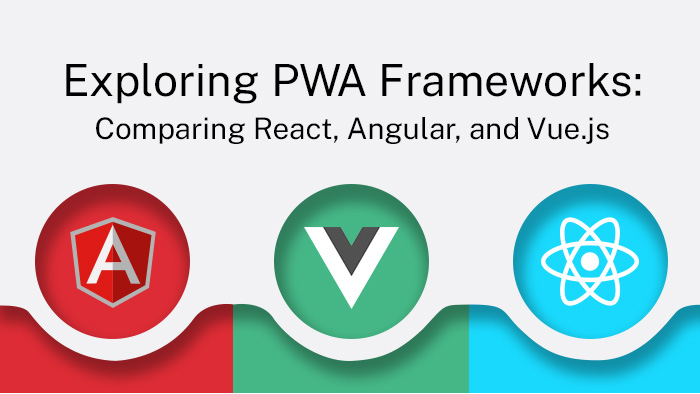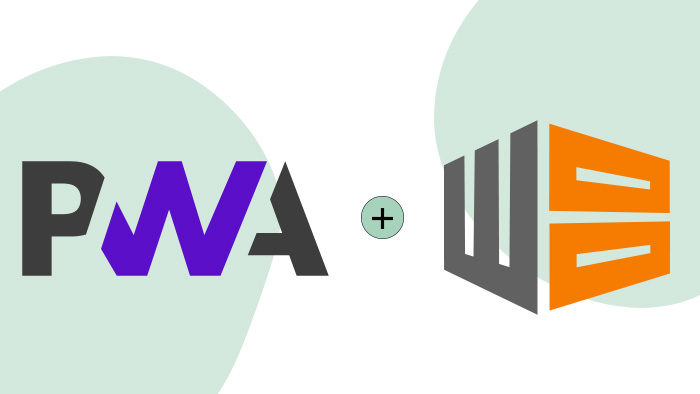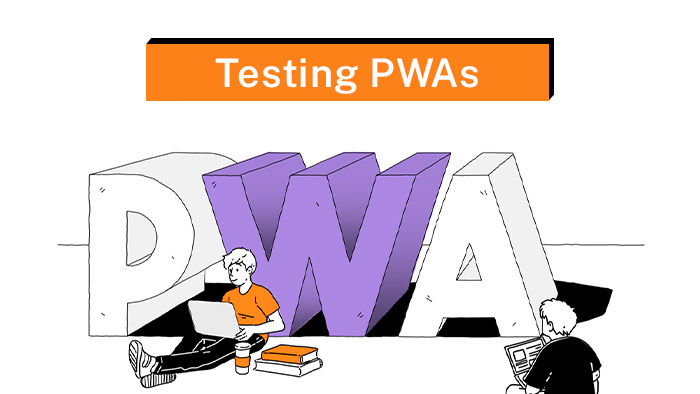
Exploring PWA Frameworks: Comparing React, Angular, and Vue.js
In the ever-evolving landscape of web development, Progressive Web Applications (PWAs) have emerged as a popular choice for creating efficient and engaging user experiences. This article aims to provide an objective comparison of three prominent PWA frameworks: React, Angular, and Vue.js. By examining key aspects such as performance metrics, development environment setup, component-based architecture, state management, routing and navigation, mobile app integration, testing and debugging capabilities, community support and ecosystem size, as well as learning curve and documentation quality—this exploration seeks to equip developers with valuable insights for making informed framework selections. Key Takeaways Performance metrics such as Time to First Meaningful Paint (TTMP) and Time to Interactive (TTI) are important considerations when choosing a PWA framework. The development environment setup for React, Angular, and Vue.js involves different tools and configurations, with React offering flexibility in tooling choices and Angular providing a CLI for managing dependencies and scaffolding projects. React uses Create React App (CRA), Angular uses Angular CLI, and Vue.js uses Vue CLI for




